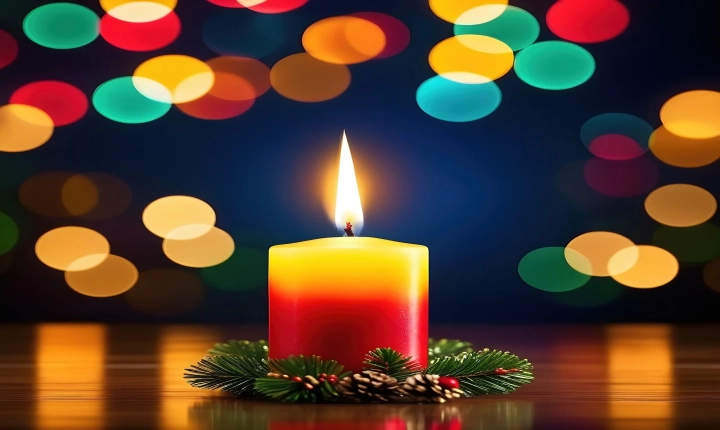Title: The Fusion of Creativity: How AI Can Generate Art
Artificial intelligence (AI) has increasingly become a powerful tool in generating various forms of art, including visual art, music, literature, and more. With the ability to process and analyze vast amounts of data, AI has opened up new possibilities for creative expression and artistic innovation. In this article, we explore the ways in which AI can generate art and its implications for the future of the creative industry.
Visual Art Generation:
One of the most fascinating applications of AI in the art world is the generation of visual art. AI algorithms, such as generative adversarial networks (GANs) and neural style transfer, can create stunning and intricate images that mimic the styles of famous artists or generate entirely new and unique compositions. By learning from a large dataset of artworks, AI can identify patterns, styles, and visual elements to produce visually striking pieces of art.
Music Composition:
AI has also been used to compose music, a process traditionally associated with human creativity and emotion. By analyzing musical patterns and structures, AI algorithms can generate original compositions, ranging from classical symphonies to modern pop songs. This has led to collaborations between musicians and AI, with the technology providing new insights and ideas for musical compositions.
Literature and Poetry:
AI has even ventured into the realm of literature and poetry. Natural language processing (NLP) algorithms can analyze vast collections of written works to generate new stories, poems, and even dialogue that imitates the style of famous authors. While the results may not always match the depth and emotional resonance of human-authored literature, AI-generated texts can still inspire new creative directions and serve as a starting point for further human refinement.
Challenges and Ethical Implications:
Despite the remarkable achievements in AI-generated art, there are challenges and ethical considerations that accompany this emerging field. One concern is the potential for AI to devalue the work of human artists and diminish the appreciation of art as a product of human emotion and expression. Additionally, questions about ownership and copyright arise when AI is used to create art, as determining the rights and attribution for AI-generated works becomes a complex issue.
Furthermore, the reliance on pre-existing datasets for training AI models can perpetuate biases and stereotypes present in the original data. This raises concerns about the perpetuation of societal biases and the potential impact on the diversity and inclusivity of AI-generated art.
The Future of AI-Generated Art:
As technology continues to advance, the future of AI-generated art holds exciting possibilities. AI can serve as a source of inspiration and a tool for artists to explore new creative avenues, rather than a replacement for human creativity. Collaborations between AI and human creators can lead to dynamic and boundary-pushing artistic endeavors, blurring the lines between human and machine-generated art.
In conclusion, the integration of AI in the generation of art represents a convergence of technology and creativity, offering new pathways for artistic expression and innovation. While challenges and ethical considerations remain, the potential for AI to inspire and augment the creative process is undeniable. As we navigate this intersection of technology and art, it is essential to consider the implications and ensure that AI-generated art reflects the diversity and complexity of human expression.
